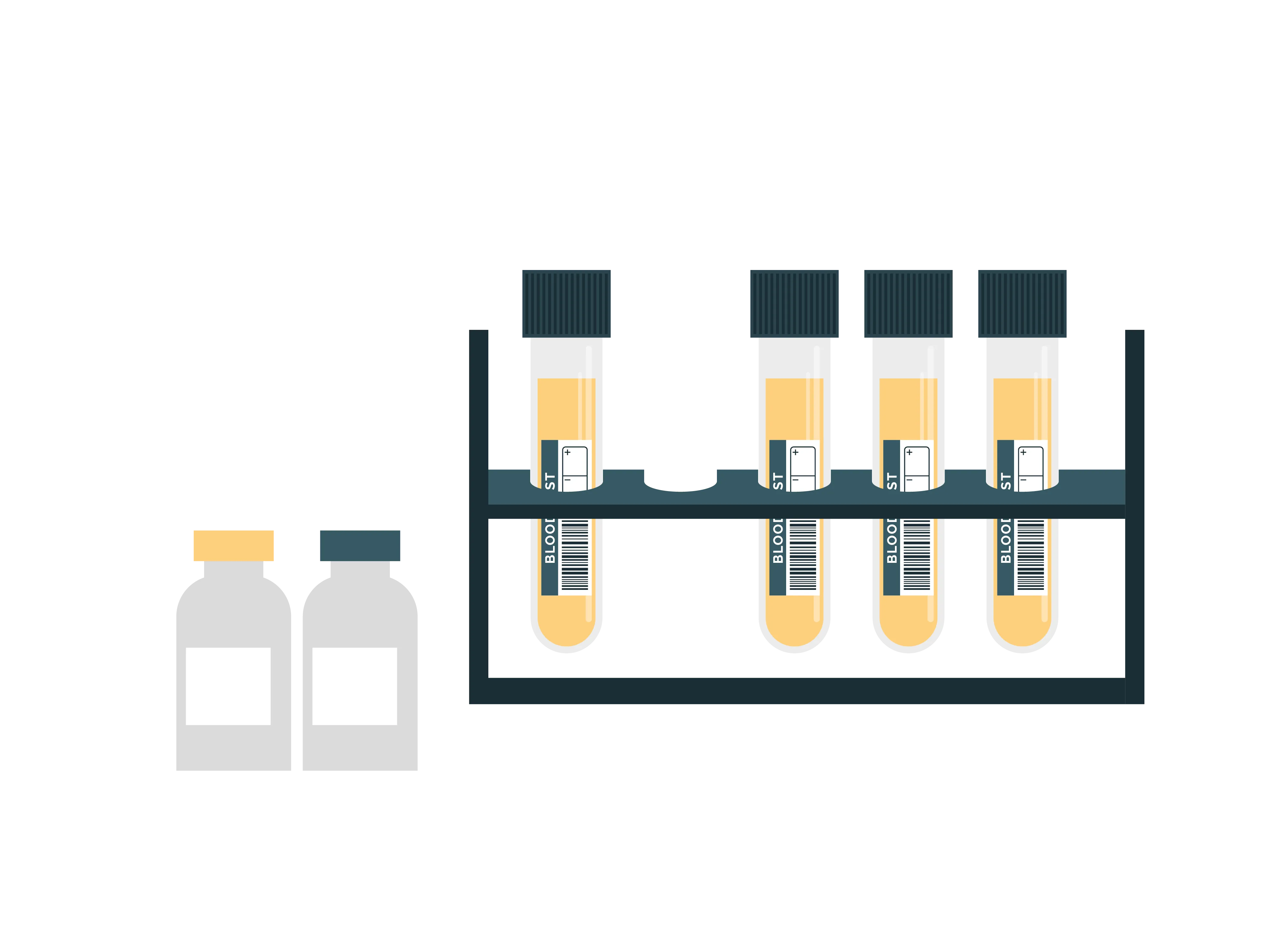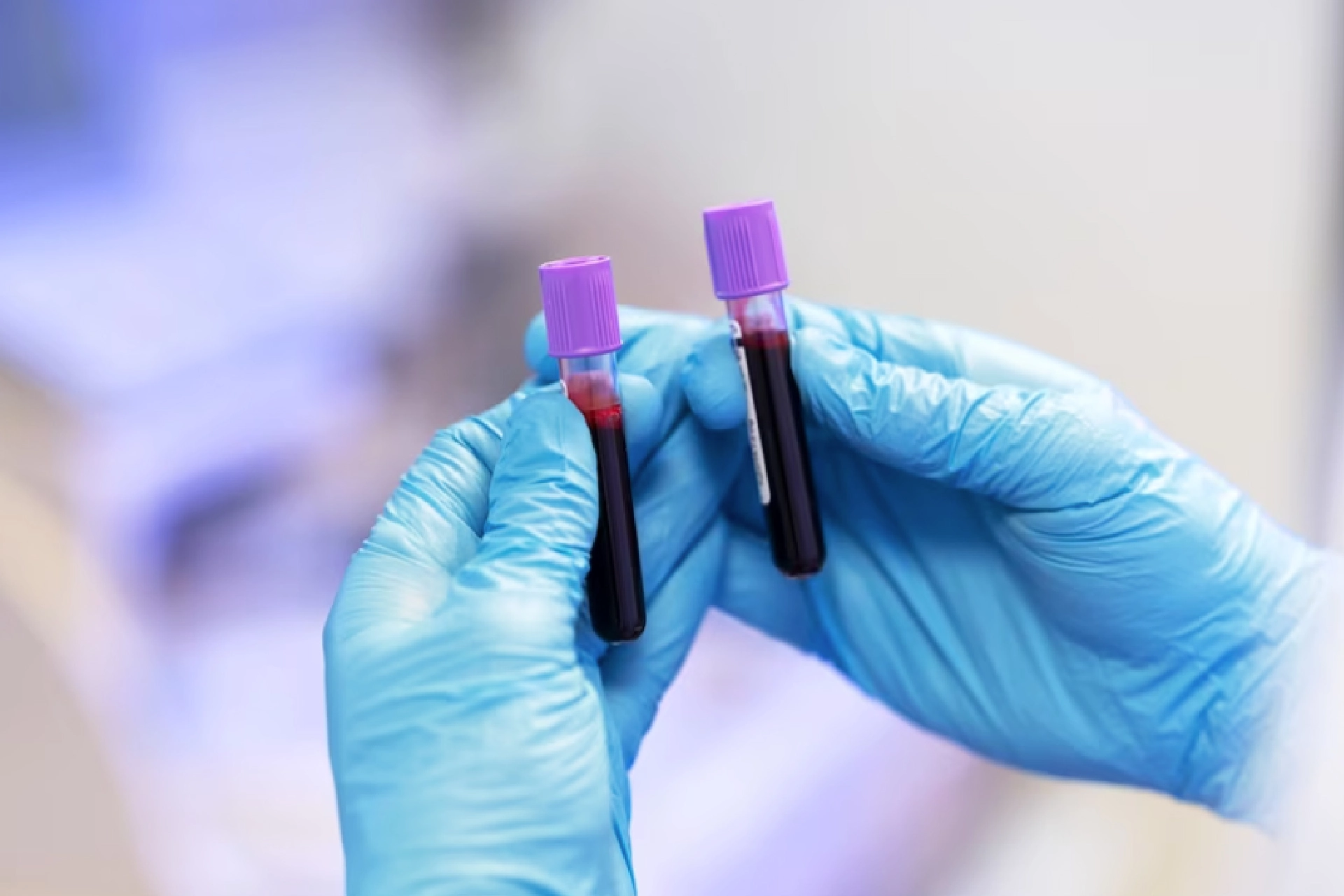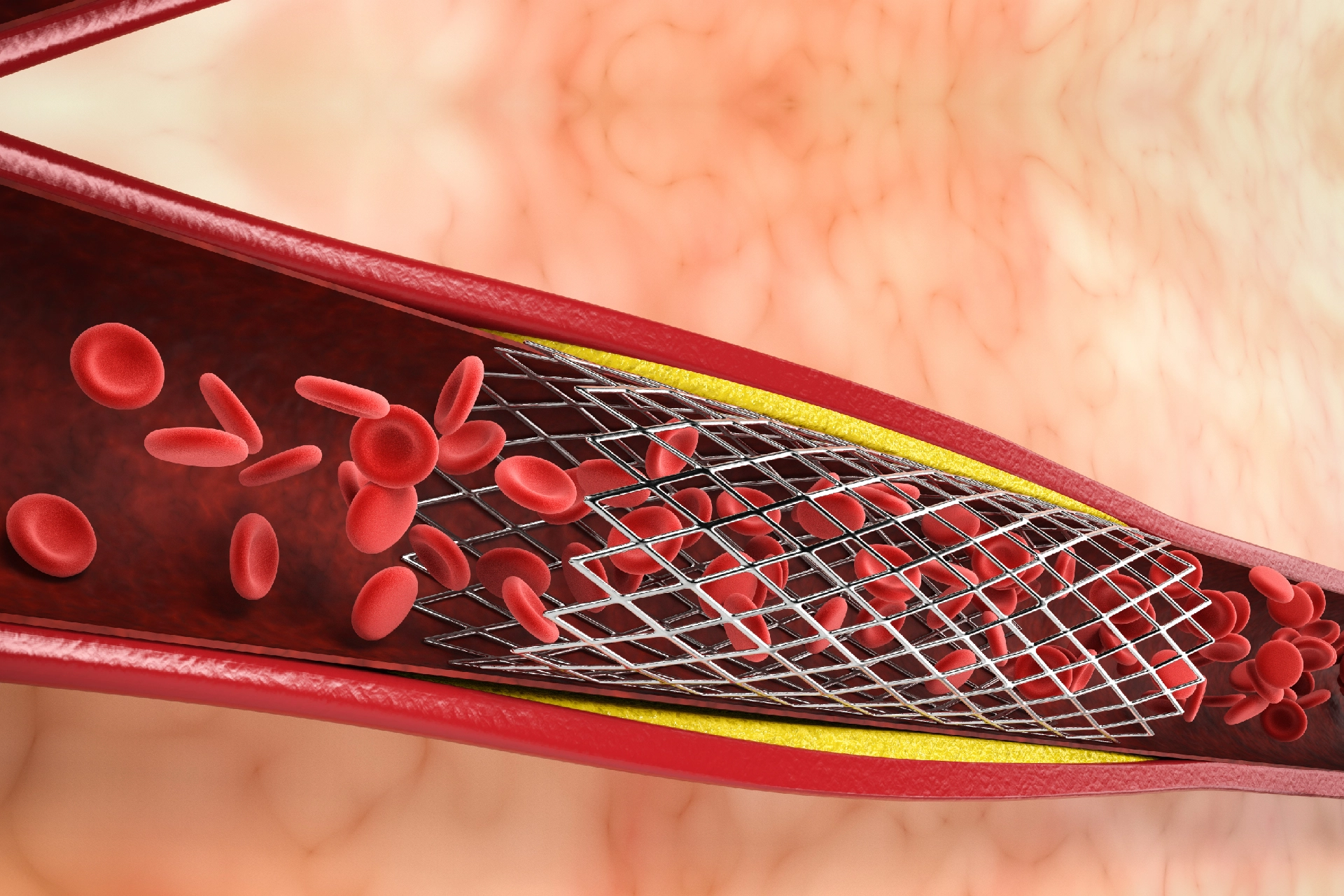Health Tests | 4 min read
Urine Test: Why is it Done and What are the Different Types?
Medically reviewed by
Table of Content
Key Takeaways
- Urological conditions include UTIs, liver problems, and kidney diseases
- Frequent and painful urination or abdominal pain requires a urine test
- Color and clarity are observed under a visual urine analysis examination
A urinalysis is a test of a sample of your urine. It is also referred to as a urine test. A urinalysis test is done to diagnose and manage many urinary disorders. Such urologic conditions include urinary tract infections, bladder control problems, and kidney diseases [1]. The test involves examining the appearance, content, and concentration of urine.
It is important to note that urinary tract infections (UTIs) are a leading cause of morbidity in persons of all ages, as per the World Health Organization.
A urine test such as a urine culture helps detect any germs such as bacteria that can cause an infection. Similarly, tests are done to check urine albumin and the glucose in urine to determine various conditions. Read on to understand why urinalysis is done and what is examined in this test.
Additional Read: RBC Count Test: Why is it Important and What is the RBC Normal Range?
When and Why Is a Urine Test Done?
A urine test may be done to diagnose and/or monitor a medical condition or as a yearly check to screen for a variety of disorders. Your doctor may recommend a urinalysis if you experience the following conditions.
- Abdominal pain
- Back pain
- Frequent or painful urination
- Other urinary problems
This test helps diagnose the cause of problems like urinary tract disease, kidney disease, liver disease, and diabetes. Urinalysis can also be part of pregnancy check-ups, pre-surgical preparation, or hospital admission.
Types of Urine Tests and Examinations
Visual Exam
A visual examination includes observing urine’s color and clarity to determine the substances are present. Urine can have colors including shades of yellow, be pale or colorless, or look very dark. These can be a result of a disease, medications such as multivitamins, or consuming certain foods. For instance, blood can make urine look red or of a cola color.
Similarly, the clarity of the urine helps labs determine various symptoms. Urine can be clear, slightly cloudy, cloudy, or turbid. Foamy urine can indicate kidney problems. Substances like red blood cells, white blood cells, or bacteria can make urine cloudy, and this requires medical attention. Mucus, sperm, cells, urine crystals, contaminants, and prostatic fluid can also make urine cloudy, but are not considered unhealthy.

Dipstick/chemical Exam
Most labs use a commercially prepared stick with strips of chemicals on it for this test. When dipped into the urine, the strips with test pads change color if an abnormal substance is present. The amount present can also be determined by the degree of color change on a dipstick. For instance, a slight color change indicates a lower amount of urine protein whereas a deep color change may mean a larger amount.
Some of the things that can be determined through a chemical exam include acidity (ph) level, bilirubin, glucose in urine, nitrite, urine albumin, protein, hemoglobin, and ketones in urine. Apart from this, urobilinogen [4], myoglobin, specific gravity, leukocyte esterase [5], and ascorbic acid are also tested.

Microscopic Exam or Urine Microscopy
Under urine microscopy, a microscopic exam is conducted on urine sediment. This type of urine test is usually done if there are any abnormal findings with the physical or chemical examination. The result of all the examinations is then considered for diagnosis. The substances measured in such tests include red blood cells, white blood cells, epithelial cells, casts, crystals, bacteria, yeast, and parasites.
A urinary tract infection can occur if bacteria from the surrounding skin enters the urinary tract and moves to the bladder. It can then travel to the kidneys causing kidney infection if not treated. When you experience recurring UTIs, complicated infections or are hospitalized, a urine culture test may be needed.
Additional Read: Full Body Test
Neglecting your overall health is like an invitation to foreign pathogens to invade your body. Thus, taking care of each body part, including the urinary system, is important for good health. If you experience any signs of urinary infections such as a persistent urge to urinate, burning sensation, or cloudy urine, consult a doctor. You can consult with the best urologists by booking a virtual or in-clinic appointment on Bajaj Finserv Health. You can also book lab tests including urinalysis with ease here.
References
- https://www.niddk.nih.gov/health-information/urologic-diseases
- https://www.who.int/gpsc/information_centre/cauda-uti_eccmid.pdf
- https://www.ijph.in/article.asp?issn=0019-557X;year=2017;volume=61;issue=2;spage=118;epage=123;aulast=Kant, https://medlineplus.gov/lab-tests/urobilinogen-in-urine/
- https://www.mountsinai.org/health-library/tests/leukocyte-esterase-urine-test
Disclaimer
Please note that this article is solely meant for informational purposes and Bajaj Finserv Health Limited (“BFHL”) does not shoulder any responsibility of the views/advice/information expressed/given by the writer/reviewer/originator. This article should not be considered as a substitute for any medical advice, diagnosis or treatment. Always consult with your trusted physician/qualified healthcare professional to evaluate your medical condition. The above article has been reviewed by a qualified doctor and BFHL is not responsible for any damages for any information or services provided by any third party.





